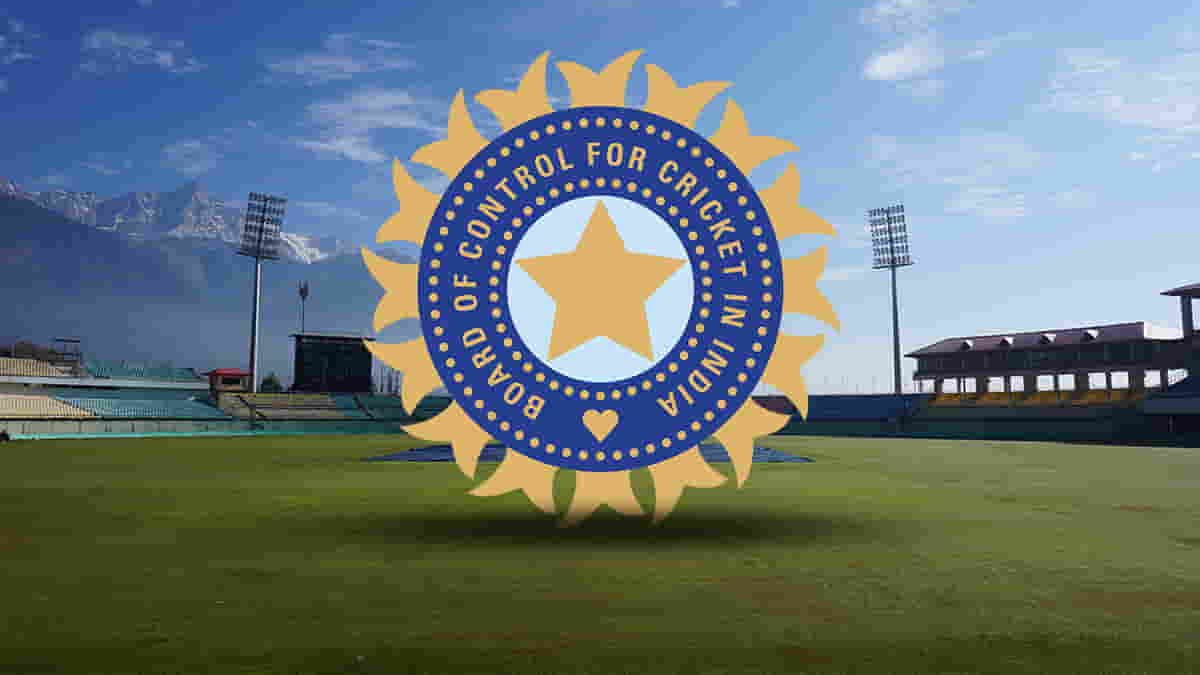
Cricket referred to as the gentleman’s game, has become more than just a sport in India, it has evolved into a religion, a passion, and a way of life for millions of Indians with an extreme fan following. Cricket plays an important role, in uniting a diverse nation and minimizing gaps among its people.
Since gaining independence, cricket has grown in popularity within India. The Indian cricket team has not only won the Cricket World Cup in 1983 and 2011 but also consistently ranks among the world’s top teams. Cricket has become the major source of national pride for Indians, and its significance transcends the boundaries of a mere sport.
The rise of cricket in India
Several key factors have fueled the rise of cricket in India. First and foremost is the country’s population, with over 1.4 billion people. This provides an immense pool of potential cricketers and a substantial fan base. Additionally, the love for sports is deeply ingrained in Indian culture, and while Indians are passionate about various sports, cricket comes out as the clear favorite.
Cricket is a relatively inexpensive sport to play, requiring only a bat, ball, and some wickets. This accessibility makes it an inclusive sport that people from all socioeconomic backgrounds can participate in and enjoy.
The Indian government plays a crucial role in promoting cricket. In 1928 the government established the Board of Control for Cricket in India (BCCI), the governing body for cricket in the country. The BCCI has been instrumental in nurturing and expanding the sport, making it accessible to people from all corners of the nation.
Also Read: Enhancing the popularity and success of Women’s cricket in the future
The impact of cricket in India
Cricket has had a profound impact on Indian culture and society. It has served as a unifying force, bringing together people from various walks of life and promoting national unity. Cricket has transcended linguistic, regional, and cultural boundaries to become a shared passion that binds the diverse population of India.
Beyond its cultural and societal impact, cricket has also been a driver of economic growth in India. The sport has generated employment opportunities in the fields of tourism, hospitality, and merchandising. The cricketing ecosystem has created jobs, stimulated local economies, and attracted investments. Cricket’s reach extends to various sectors, making it a significant contributor to the Indian economy.
Cricket has transformed individual lives as well. For many young Indians, cricket offers a pathway to pursue their dreams of becoming professional athletes. It has served as a ladder for social mobility, allowing individuals from humble backgrounds to rise to stardom through their cricketing talents. Furthermore, it has empowered women by providing them a greater voice and visibility in Indian society.
The challenges facing cricket in India
While cricket enjoys immense popularity in India, it also faces several challenges that threaten its integrity and growth. One of the most pressing issues is the corruption that has marred the sports in recent years. Allegations of financial mismanagement and nepotism within the BCCI have cast a shadow over Indian cricketers, eroding public trust and damaging the sport’s reputation.
Another major challenge is the inadequate infrastructure for cricket in India. Despite its vast population and passionate cricketing community, there is a severe shortage of cricket grounds and facilities. This scarcity hampers the development of young talent and impedes the growth of the sport at the grassroots level.
The commercialization of cricket is another looming concern. The increasing focus on monetary gains and glamor has sometimes taken precedence over the spirit of the game. This shift in priorities not only diminishes the quality of cricket but also creates barriers for talented individuals from economically disadvantaged backgrounds to break into the sport.
Also Read: The Top 5 All-time best matches of World Cup History
The future of cricket in India
Despite these challenges, the future of cricket in India remains promising. The sport’s popularity continues to soar, and the government remains committed to its development. To secure this future, several measures must be taken.
Addressing corruption allegations and enhancing the transparency of BCCI’s operations is paramount. A clean and accountable cricketing administration will help restore the faith of fans and stakeholders in the sport.
Furthermore, investments in cricket infrastructure are essential. More cricket grounds, training facilities, and coaching programs are needed to nurture the immense talent pool that India possesses. The development of cricket at the grassroots level will ensure a continuous influx of skilled players.
Conclusion
From the above article, it is concluded that cricket is one of the most wide and expanded games in India. India started playing cricket officially from 1932 and since then it has created a bunch of bright stars, and made them shine from Sunil Gavaskar, MS Dhoni and many more




